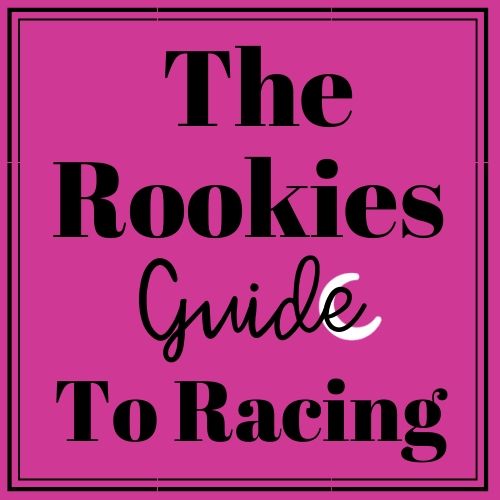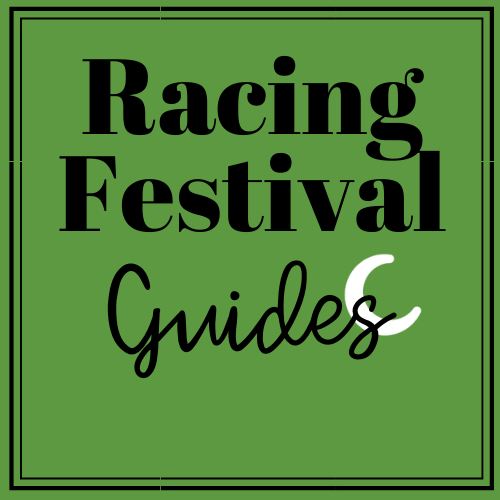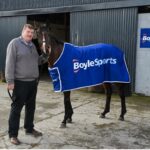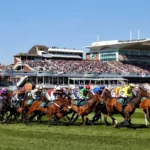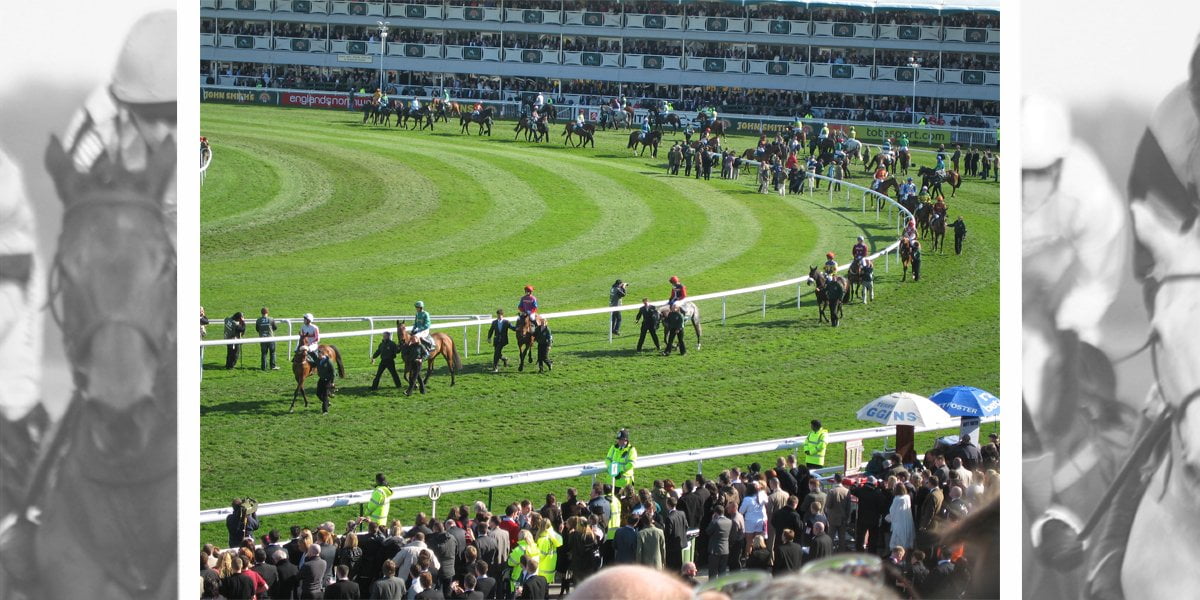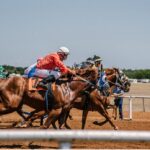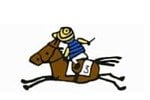Grand National A–Z: Fascinating Facts about the world’s greatest steeple chase!
(Originally Published 2010)
AMATEURS: Plenty of amateur jockeys have upstaged their professional rivals in the Grand National, with the last member of the unpaid ranks to taste victory being journalist Marcus Armytage, who won on Mr Frisk in 1990. Eight years earlier, amateur Dick Saunders became the oldest winning jockey in the race, when partnering Grittar to victory, aged 48.
BECHER’S BROOK: The first ever Grand National at Aintree in 1839 saw the sixth and 22nd fence of the circuit renamed Becher’s Brook after Captain Becher was unseated from leader Conrad at the big ditch and crawled into the brook for safety. He is reported to have said that he “never knew water tasted so foul without whiskey in it”.
CHAIR: The famous fence is actually only jumped once, and is named after its position, which is opposite the ‘seat’ reserved for the ‘distance’ judge. Standing at five feet two inches with a six foot ditch, it is the largest fence on the track.
DISTANCE: The winning margin equivalent to more than 30 lengths was last achieved in the 2001 Grand National, when Red Marauder led four finishers home. Only the winner and Smarty put in a clear round, as Blowing Wind and Papillon were remounted. The smallest number of finishers is two in 1928, when Tipperary Tim beat the remounted Billy Barton.
EARLY MIST: The first of Vincent O’Brien’s three straight Grand National winners between 1953 and 1955, with Royal Tan and Quare Times taking the following two renewals, making the legendary handler the only person to saddle three winners in a row.
FOINAVON: The 1967 renewal was famous for the bizarre way in which 100/1 shot Foinavon won. The riderless Popham Down caused chaos at the 23rd fence, bringing almost the whole field to a standstill, except Foinavon, who was so far back his jockey had time to go round the melee and jump the fence miles clear. Foinavon was so unfancied his owner and trainer didn’t turn up to watch.
GREYS: Only three grey horses have ever won the Grand National – The Lamb won twice in 1868 and 1871, while Nicolaus Silver was the only grey in the last century to win, in 1961. Neptune Collonges is so far the only grey winner during the current century (and millennium!) with victory in 2012.
HANDICAPPER: Senior BHB handicapper Phil Smith had plenty of criticism from trainers in the past, and a few of them may have wished that he’d carried out his threat of throwing himself off the Aintree grandstand if the 2003 Grand National winner scored by more than seven lengths. Monty’s Pass romped home by 12. After Phil Smith retired in 1028, Dominic Gardiner-Hill took the reins.
IRISH: After Bobbyjo (1999) ended a lean spell for the Irish that stretched back to 1975, Irish-trained horses have won nine Aintree Grand Nationals since (and including) 2000. In 2018 and 2019 Tiger Roll became the only Irish trained winner to gain two victories – and consecutive victories at that – since Abd-El-Kader trained by Joseph Osborne in 1850 and 1851.
JOCKEYS: The most successful jockey in the race’s history is George Stevens, who won five times between 1856 and 1870. In modern times, Ruby Walsh (now retired) had two wins, Papillon in 2000 and Hedgehunter in 2005, plus a second on Hedgehunter in 2006.
KILMORE: The Ryan Price-trained 12-year-old gave Fred Winter his second victory in the race as a jockey in 1962 (he won on Sundew in 1957). Winter won back-to-back Nationals as a trainer, with Jay Trump in 1965 and Anglo 12 months later.
LADY RIDERS: Rachel Blackmore became the first female jockey to win the Grand National in 2021. Read more here.
MANIFESTO: The epitome of a Grand National horse, he ran in the race eight times between 1897 and 1904. He won twice, finished third three times, came fourth once and eighth on his final start, aged 16. He only once failed to complete.
NONE: The number of Grand National winners ridden by champion jockeys Peter Scudamore and John Francome. Scudamore managed one third on Corbiere in 1985, while Francome finished second in 1980 and third in 1979 on Rough And Tumble.
OWNERS: Holiday camp magnate Fred Pontin celebrated success in the 1971 Grand National with Specify, a win which inspired Trevor Hemmings to get into racehorse ownership. He in turn tasted victory at Aintree in 2005 with Hedgehunter. In 2011 Ballabriggs carried Hemmings’ colours to victory and in 2015 Many Clouds made it three for the owner, equalling the record for most wins (the other record holder being Noel Le Mare – three wins with Red Rum, 1973, 1974, 1977).
PITMAN: The first woman to train the winner of the Grand National, she saddled Corbiere to victory in 1983 and Royal Athlete in 1995. Son Mark trained Smarty, who finished second to Red Marauder in 2001.
QUEEN MOTHER: Came within fifty yards of tasting Grand National success with Devon Loch in 1956, when the horse inexplicably sprawled under Dick Francis close to the line, gifting the race to ESB.
RED RUM: No horse can match Red Rum’s Grand National record. Winner of the race in 1973 and 1974, he was second the next two years before his historic third victory in 1977. He died in 1995 and is buried by the winning post at Aintree.
SPECTATORS: A crowd of around 70,000 racegoers will be expected to flock to Aintree on Grand National day, while the estimated worldwide audience is 600 million, with the race being distributed to 140 countries.
TOPHAM: The family involved in the creation of the great race. Mr Edward William Topham was part of the original syndicate which first staged races at Aintree, and he took over the lease of the course in 1848, which remained within the family until it was sold in 1973, and the track is now part of Jockey Club Racecourses.
USA: Former American chasers Jay Trump and Ben Nevis came over to Britain to win the Grand National in 1965 and 1980 respectively, while US owners have won on 10 occasions, including in 1938 with Battleship, owned by actor Randolph Scott’s wife Marion Du Pont Scott. The most recent US-owned winner was Betty Moran’s Papillon in 2000.
VOID: The infamous 1993 running of the Grand National was declared void after chaotic scenes at the start. With some horses getting tangled up in the starting tape, a false start was announced, but 30 of the 39 starters failed to heed the false start notice and though Jenny Pitman’s Esha Ness completed the course in first, the race was declared void.
WEIGHT: The most carried to victory is 12st 7lb, by four horses, including Manifesto in 1899, who amazingly carried 12st 13lb to finish third the following year. In recent times Many Clouds carried 11st 9lb to victory in 2015.
X-RAYS: Often needed by the eccentric aristocrat Beltran de Osorio y Diez de Rivera, the “Iron” Duke of Albuquerque. In seven attempts at the race, he finished eighth on Nereo in 1974, fell three times and pulled up twice. He suffered several injuries and became well known in Liverpool’s hospitals. He was declared medically unfit to ride in the race in 1977.
YOUNGEST: The youngest jockey to win the Grand National was Bruce Hobbs, who was aged just 17 when he triumphed on board Battleship in the 1938 renewal of the race.
ZOEDONE: Owned and ridden by Bohemian diplomat Count Charles Kimsky – who bought the horse for £800 from winnings from a touch landed in the Cesarewitch – the mare won the 1883 renewal of the Grand National, the first time the Count had ridden in the race.
Allison is the Publisher of Eclipse Magazine. She loves going to the Races and is learning to bet (despite being officially the worst bettor in the History of the Universe), there’s a lot more to learn…



